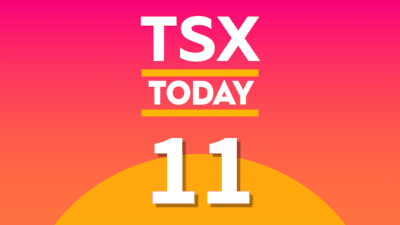Canadian banks are prepared for increased activity as the March 1 deadline for contributing to a Registered Retirement Savings Plan (RRSP) approaches, but they don’t anticipate as much activity as last year. According to the BMO Financial Group annual study issued in February, only 46% of Canadians plan to make contributions to RRSP accounts this year as opposed to 50% for last year.
However, there is a paradox. Those that have contributed already have deposited on average $5,088 vs. last year’s average of $3,984. From the banks’ point of view, it is not clear whether the larger deposits will make up for the fact that fewer people are putting money in.
What is clear is that Canadians are finding reasons not to contribute to RRSPs. According to the BMO survey, 42% of Canadians say they don’t have enough money to contribute. Another 28% say current expenses prevent them from making a deposit, and 10% prefer another type of investment.
To make matters worse, about half of Canadians who are in the 55-64 age bracket and don’t have an employer pension fund have saved less than $3,000 for their retirement years.
Whatever the excuse for not putting money in an RRSP, many Canadians are headed for financial disaster when they reach retirement.
Among those who do plan to contribute to RRSP accounts this year, 40% say they want to have money to survive in their retirement years, and 35% are contributing because they want to do more than survive. They want an ideal lifestyle during retirement. Some 39% say they are stashing their tax refund in an RRSP.
The low depositor turnout may be the result of Canadians not understanding the benefits of an RRSP. Any money deposited in an RRSP is tax-deferred. There will be no current tax on it, and it will be taxed when it is used in retirement, presumably at a lower rate because income will be lower then. Pulling the RRSP funds out of your current earnings also lowers your current tax rate because it reduces your taxable income.
Perhaps one of the greatest benefits, however, is that the owner of an RRSP can invest the money in stocks. Many Canadians who are preparing for their retirement years don’t realize the value they can get by investing retirement funds in the stock market. For example, the S&P/TSX Composite Total Return Index has shown an average annual return of 7.3% over a period of 20 years.
That percentage is higher than investors can get on interest-bearing accounts by far. Many would-be investors look at the ups and downs of the stock market in the short term and worry that they will lose money. But with a longer view, it is clear that stocks are the best value. Earning over 7% on average will give investors more money for retirement.
Another factor that could increase the number of Canadians who will contribute to an RRSP is if they realize they don’t have to start investing in stocks right away. They can put their cash into their retirement accounts and make investing decisions later. One bank, Banque Nationale du Canada, is running a “Contribute now and decide later” campaign to attract customers who aren’t ready to choose investments.
Canadians who decide not to set aside money for retirement are paying higher taxes than they have to right now and will have no way to support themselves in their later years.
There is no reason an RRSP should be a hard sell. It is one of those rare products that offers no downside. Depositing even a small amount can encourage the savings habit, and earning over 7% a year is like getting free money.







